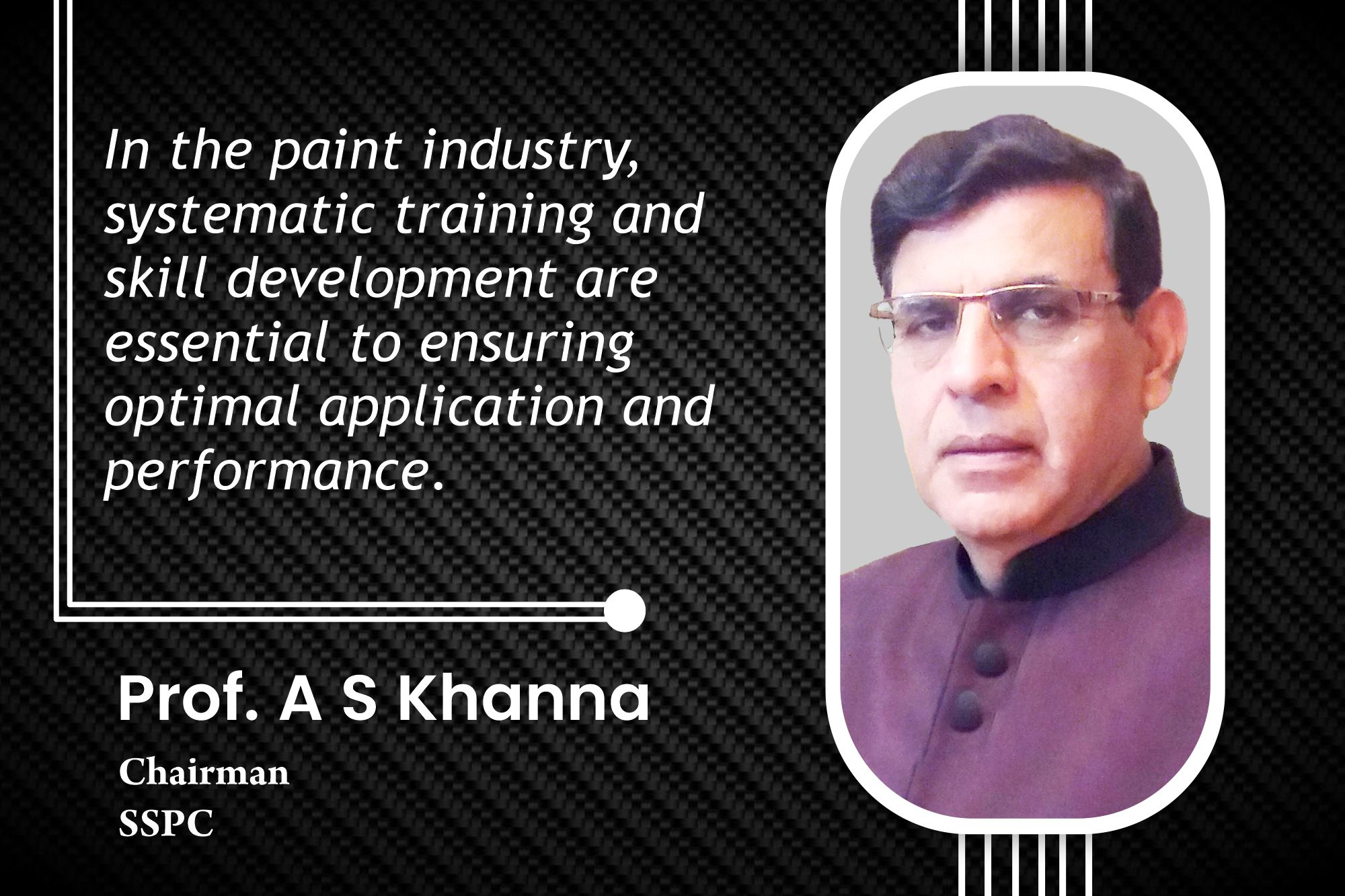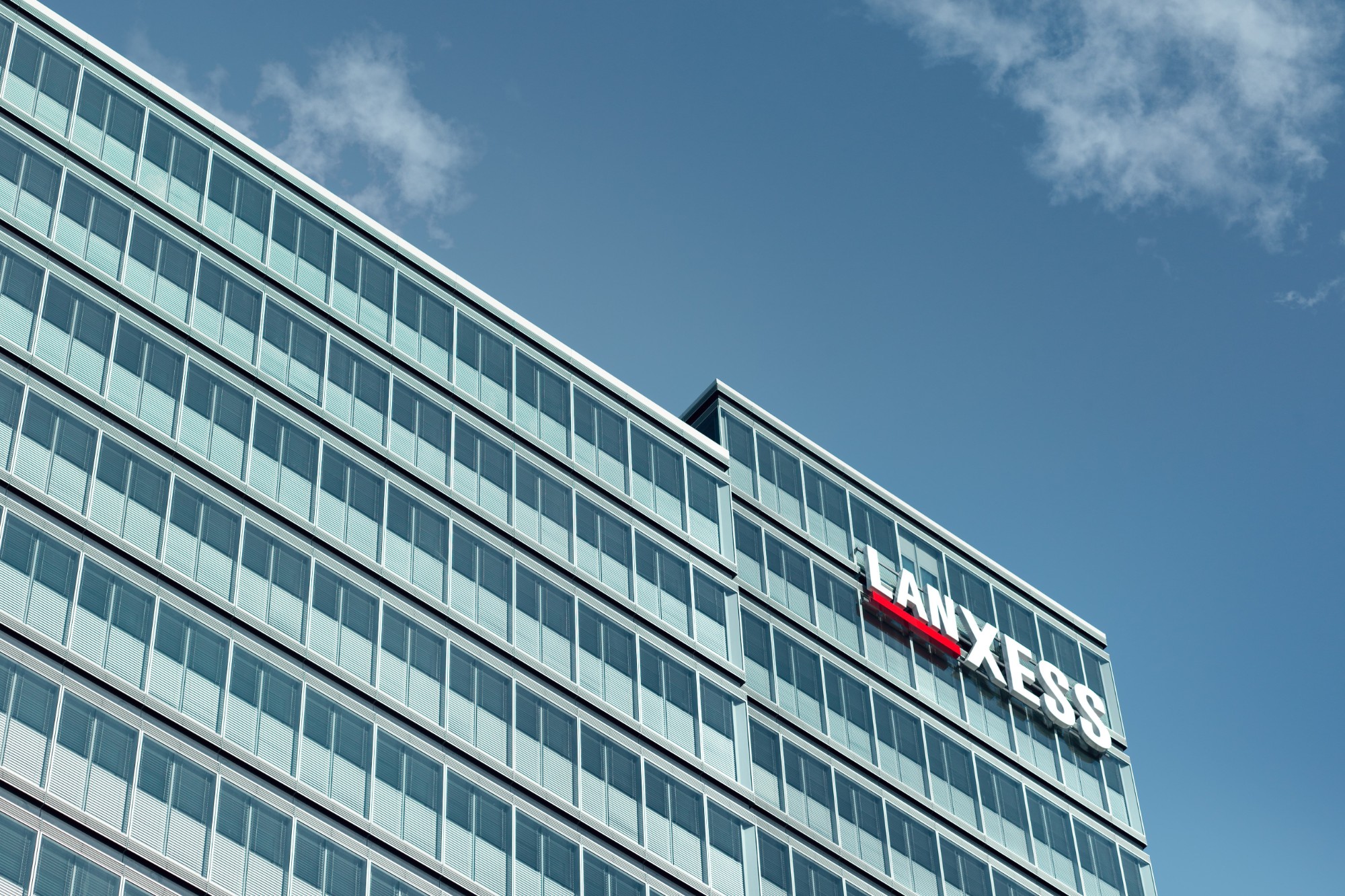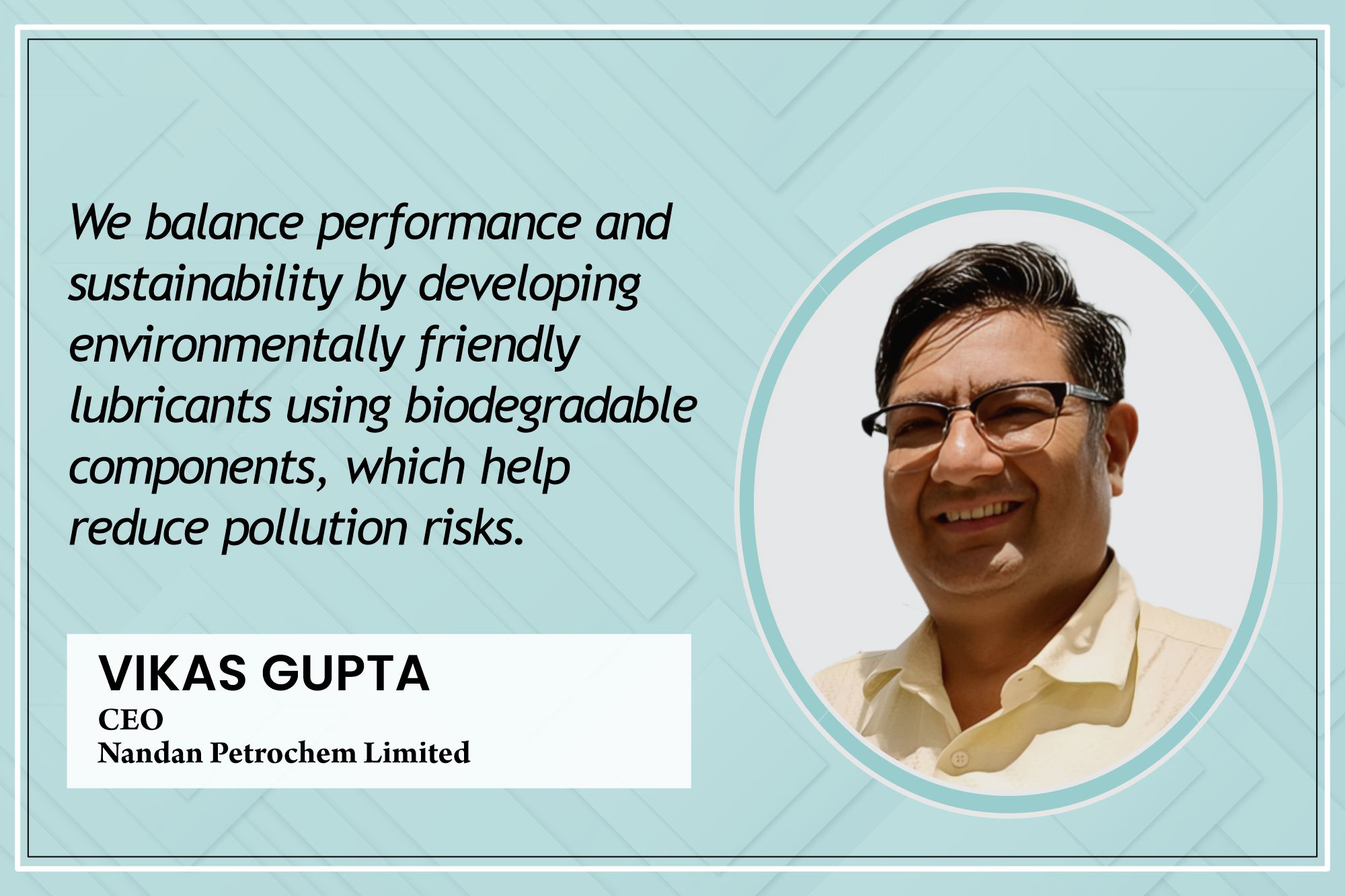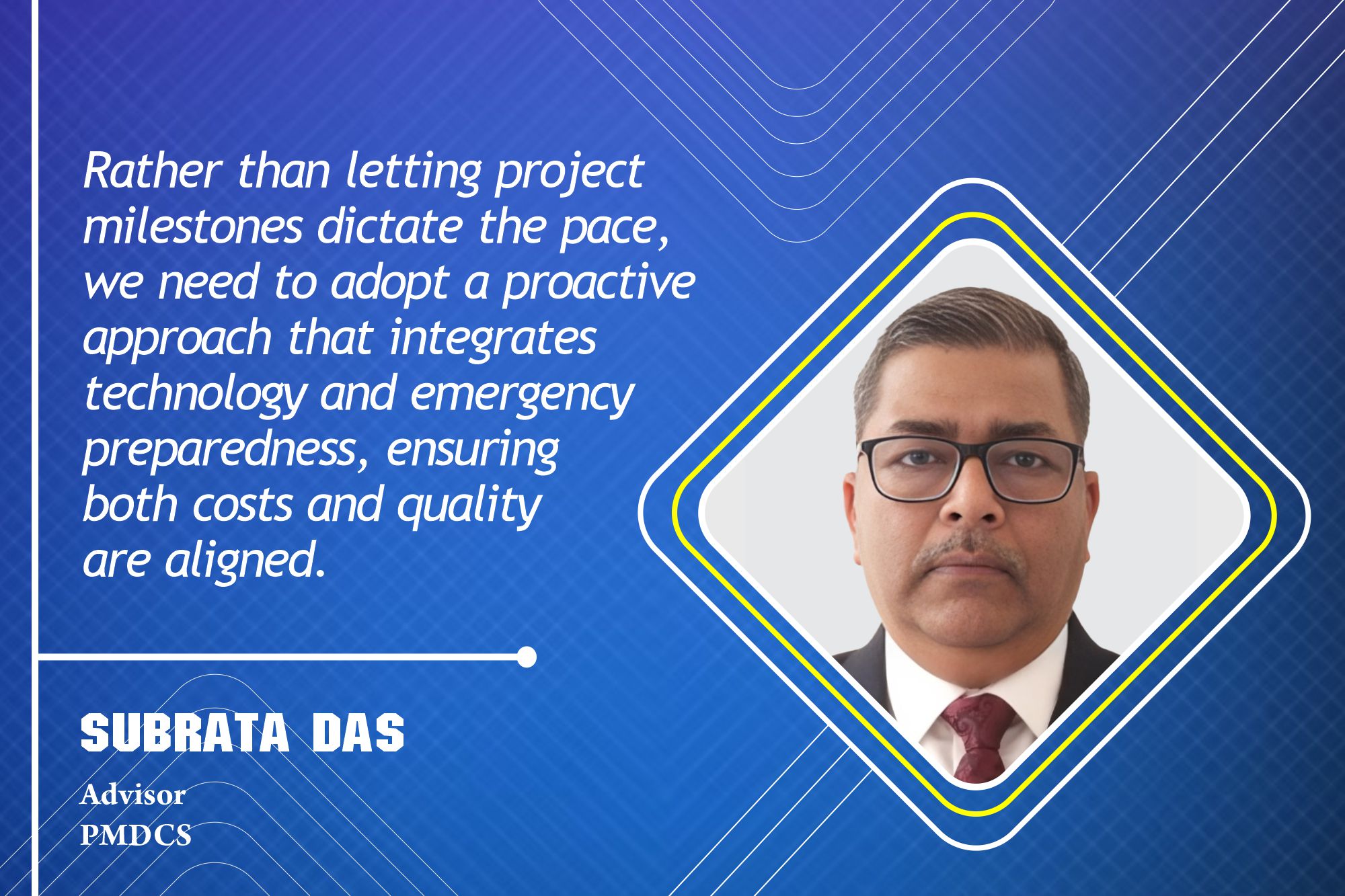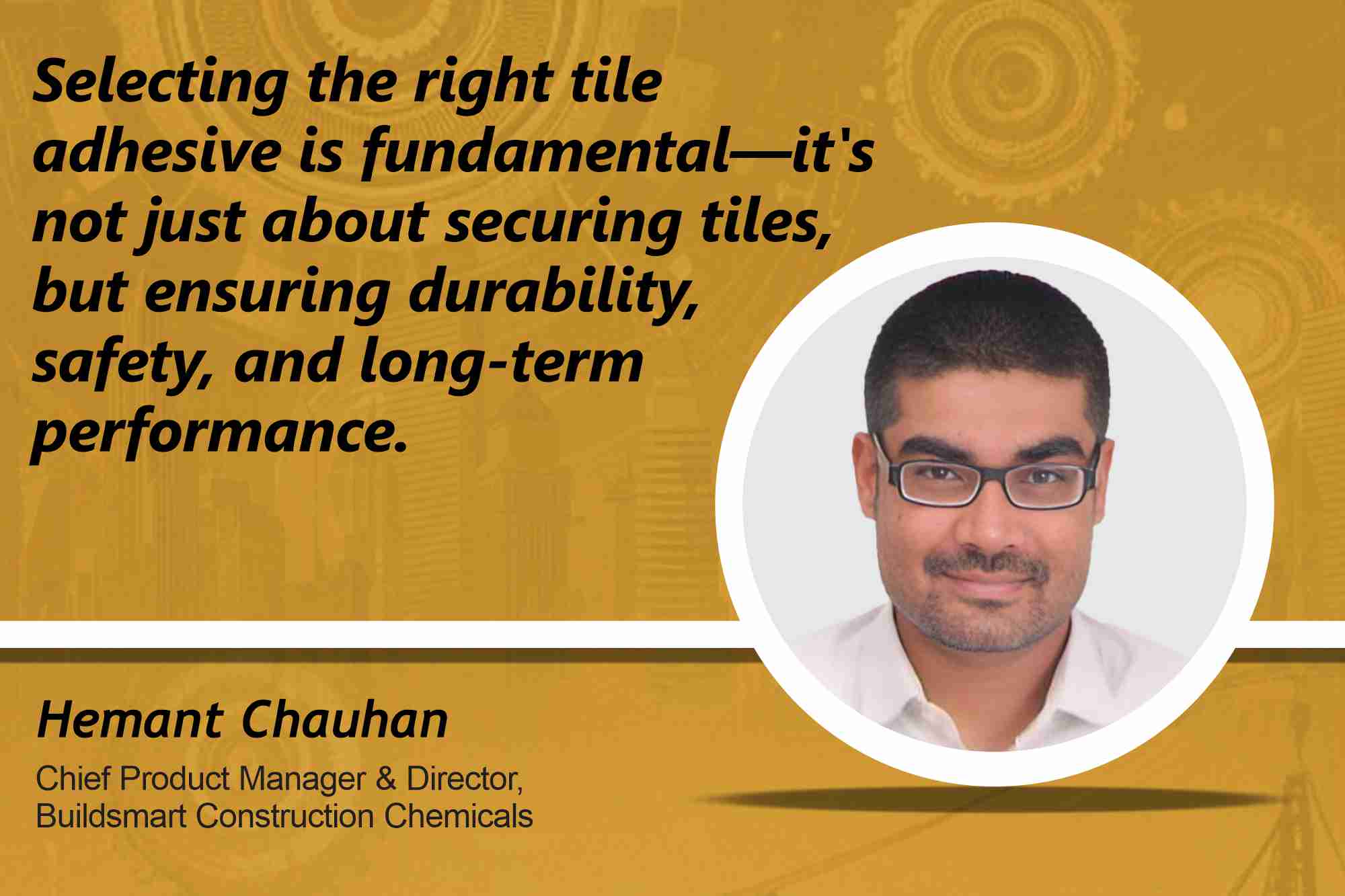How to rehabilitate building structure
By Edit Team | February 9, 2017 6:20 am SHARE
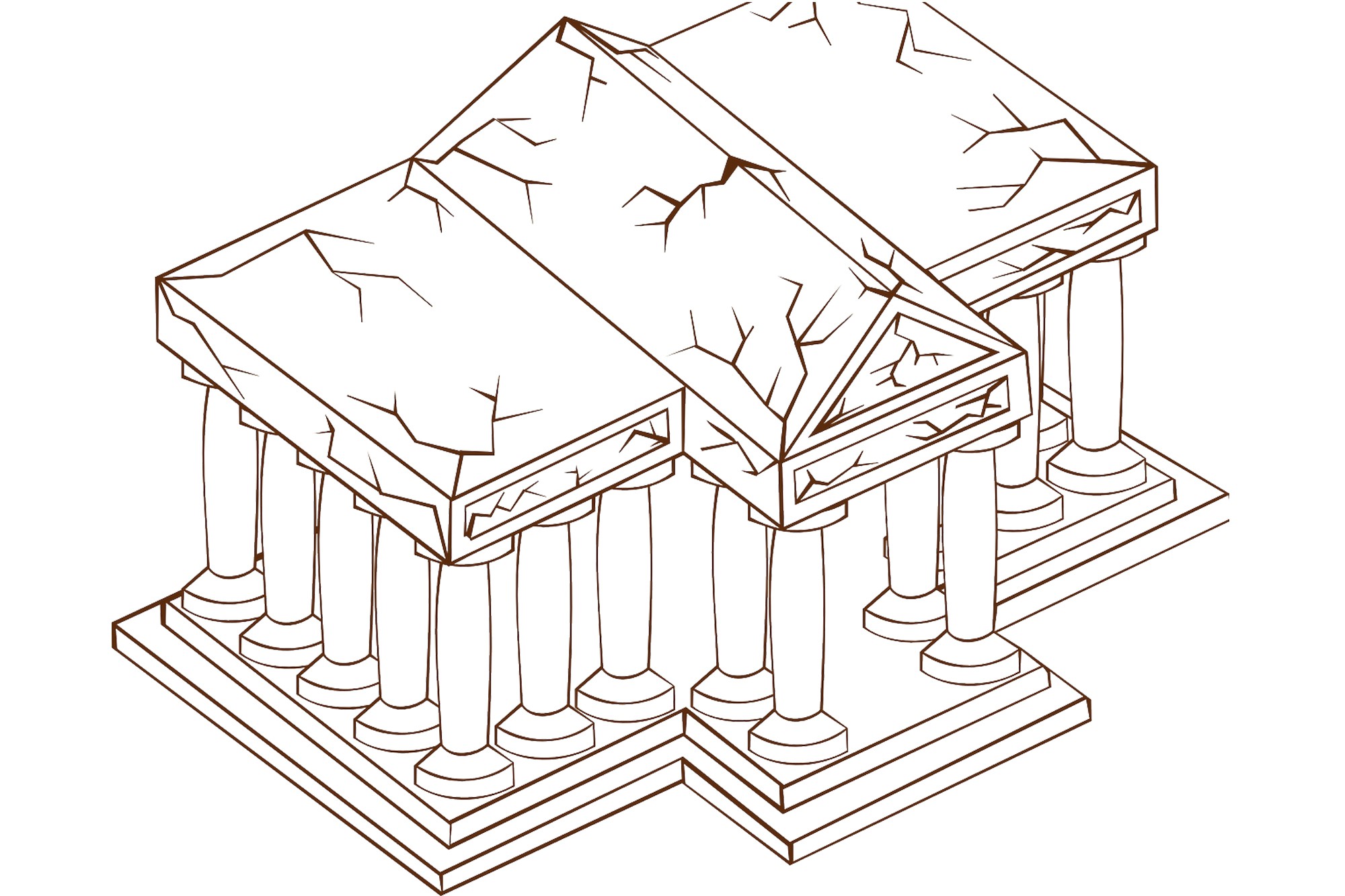
Some FAQs on building repairs.
From the beginning of 20th century, cement concrete and cement mortar based on ordinary Portland cement, have been accepted as the main building materials for the construction of buildings and the infra-structures, considering the ease, speed and the strength they offer. However, every building undergoes wear and tear thus deteriorating with time. A J Charles, Director, Perma Construction Aids Pvt Ltd answers to some of the FAQs that help in structural rehabilitation of buildings.
Frequently Asked Questions (FAQs)
Why do buildings show cracks after a few years?
Buildings show cracks because of two main reasons and hence there are two types of cracks. Multi storied buildings are more of dynamic structures rather than static. They go through the normal phenomenon of settlement, deflections, vibrations and movement because of the movements of loads and wind. With time this dynamism causes some stresses, which show up in the form of cracks in the walls ceiling etc. Such cracks are only plaster deep.
In the case of reinforced concrete, moisture reaches the steel by leakage or because of the porosity of concrete. This water in the presence of carbon dioxide oxidises the steel and causes rusting or corrosion. This expanded steel puts lot of pressure on the neighbouring concrete and the concrete develops cracks. The cracks due to corrosion appear on the columns and beams. These cracks are larger and generally associated with brown coloured stains.
How to identify that the building has a structural problem?
Cracks in the columns and beams, cracks associated brown stains and large chunks of concrete falling off from the RCC members and cracks being very big are all signs of corrosion to indicate that the building has structural problems. Physical examination of the steel by a competent structural repair Consultant, after removal of the cover concrete establishes the degree of the problem.
How do we know whether reinforcement is corroded?
Brown marks associated with the cracks indicate corrosion. Bigger cracks on the beams and columns also indicate corrosion. A physical inspection after removing the cover concrete will show the corrosion if it is there. Corroded reinforcements can be separated, by picking from the fingers, as they are very weak.
What causes corrosion of reinforcement?
Corrosion is caused by the oxidation of steel. Reinforcing steel when comes in contact with atmospheric carbon dioxide in the presence of moisture the corrosion process starts and spreads fast like a cancer. Ground water containing chlorides sulphates etc, rising in the capillaries of the concrete when comes in contact with the reinforcing steel the reaction between the two oxidizes the steel and the corrosion process starts.
Do leakages cause corrosion?
Yes leakages are the main cause of corrosion of steel. Hence a good waterproofing treatment always ensures a protective atmosphere around the steel for a long time and contributes to the longevity of the structure.
Is it safe to stay in buildings that have corrosion problems?
Since the process of corrosion progresses very fast and could cause the collapse of the structure it is advisable that the repairs are carried out faster. If the sound steel is reduced to less half its original volume, then it is not safe to stay in such buildings. It could be a great risk to life and valuables stored in such buildings.
When to take up repairs?
Repairs need to be taken up immediately after the first signs of the corrosion to steel are detected so that the minimum damage can be repaired economically. Any season is suitable for repairs except the rainy season.
Which are the main products used in structural rehabilitation?
Styrene Butadiene rubber and Acrylic Polymers (pure acrylic emulsions) are the main products which are used in a slurry form with cement as the anti corrosive coating over the steel reinforcements. Mortars modified with these products from the protective corrosion inhibiting cover concrete. These mortars show strengths in excess of the parent concrete.
Contact
A. J Charles, Director
Perma Construction Aids Pvt Ltd
611/612, Nirmal Corporate
Centre, LBS Marg, Mulund West
Mumbai – 400080, Maharashtra
Tel.: 22 25918911 / 25674690
Mobile: 9820040291
E-mail: info@permaindia.com
Cookie Consent
We use cookies to personalize your experience. By continuing to visit this website you agree to our Terms & Conditions, Privacy Policy and Cookie Policy.



